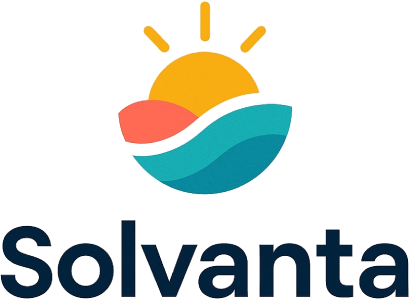Why Digital Isn’t a Maybe Anymore—It’s the Move Now – By Mike Bodie
It was a Tuesday morning. Cool air. Hot coffee. And a moment of quiet that hit a little different.
After 30 years in advertising—most of it spent in the TV world—I had just stepped into retirement. At least, that’s what I thought. But within weeks, I found myself back in the game. Only this time, it looked nothing like it used to.
I started working with one of the Gulf Coast’s largest auto dealerships, shoulder to shoulder with their marketing team. Not selling them ads—building strategy. Helping them shift from “what we’ve always done” to “what’s working now.”
And that shift? It’s not subtle. It’s a full-on change of address.
I Didn’t Stop Believing in TV—But I Had to Start Believing in Something Bigger
For decades, TV was the heavyweight. I watched it build brands, grow small businesses, and pack showrooms. But just like the phone book and the newspaper, its dominance faded—not because it wasn’t good, but because people simply moved on.
They didn’t stop watching content.
They just stopped watching it the way we used to.
Today, streaming makes up 44.8% of all TV usage—officially outpacing traditional formats (Nielsen, May 2025). YouTube, Hulu, Netflix, FAST channels—you name it, that’s where the eyeballs are.
And here’s the twist:
It’s not just Gen Z. Adults 50 and older are one of the fastest-growing streaming audiences. They’re watching shows, researching products, and—more than anything—they’re buying.
Especially in the Auto Industry, the Shift Is Massive
Working with that dealership, I saw just how critical this digital move has become.
- 95% of car buyers start their journey online.
- 57% of them click to call straight from their phones.
- And click-to-call leads convert 30% faster than standard web form leads.
(Source: Invoca)
We weren’t guessing. We were tracking. We saw what ads drove the calls, what platforms brought the best leads, and where money was being wasted.
Let me say that again for the folks still spending big on things they can’t measure:
We. Saw. What. Worked.
So, What Does This Actually Mean for Business Owners?
It means your customers aren’t sitting around waiting for the 6 p.m. news. They’re scrolling Facebook at lunch. Watching car review videos at night. Clicking Google ads at stoplights.
They’re further down the buyer’s journey before you even know they exist.
If your marketing plan still leans heavily on awareness-only formats—or worse, formats you can’t track—you’re showing up late. And late doesn’t win.
Here’s what we did for the dealership:
- We ran connected TV ads on streaming services that reached only people actively shopping for cars.
- We used dynamic inventory ads on Facebook that showed actual vehicles available on the lot.
- We prioritized mobile-first creative and click-to-call campaigns that made it easy for people to act now.
Within 60 days?
- Higher quality leads.
- Lower acquisition costs.
- Clear visibility on what worked.
No guesswork. No fluff. Just results.
What You Don’t Need (But Might Be Holding Onto)
You don’t need to trash your entire marketing playbook.
But you do need to be honest:
Are you still investing in yesterday’s attention? Or are you showing up where your customers are right now?
Because platforms change. Strategies shift. But one thing stays the same—attention wins.
If you can’t see where your dollars are going, if you can’t measure results, or if you’re still hoping people will find you through the same old channels… it’s time for a new chapter.
Final Thought
I didn’t plan on coming back into this world. But after 30 years in the game, I couldn’t sit by and watch good businesses throw money at ads that don’t work anymore.
This isn’t about hype. It’s about reality.
And if you’re ready to talk about what that looks like for your business?
Let’s grab coffee. No pressure. No pitch. Just a real conversation.
Because I’m not here to impress.
I’m here to help.
